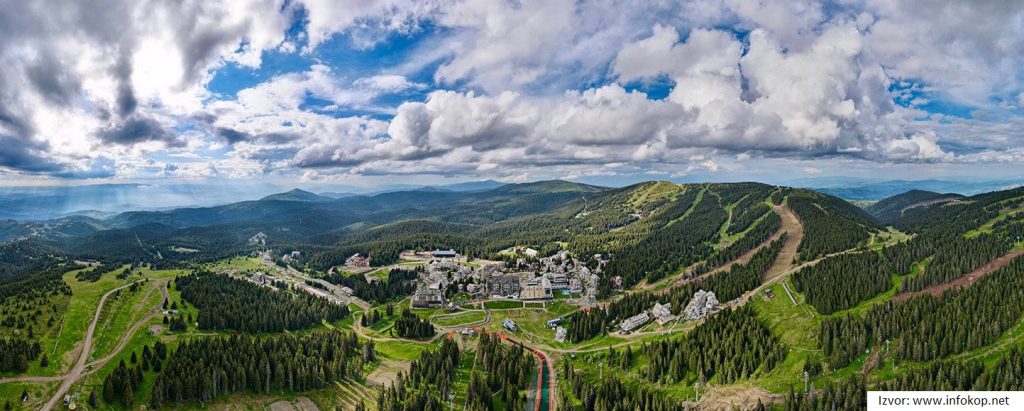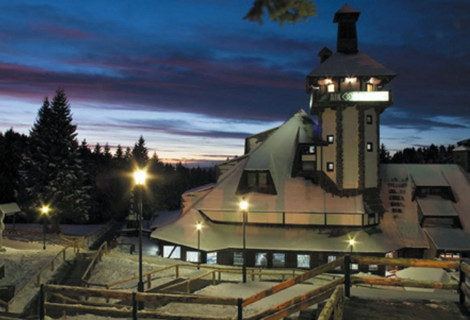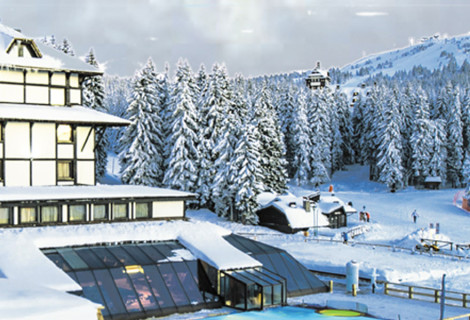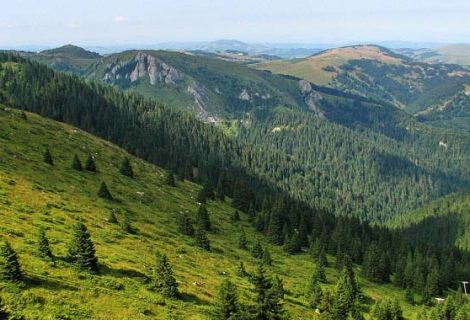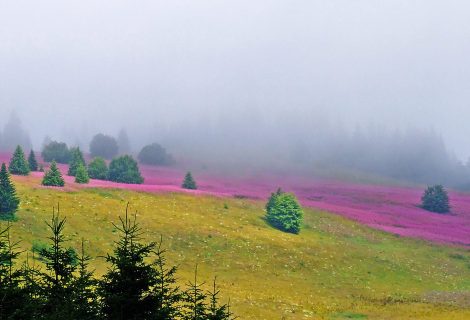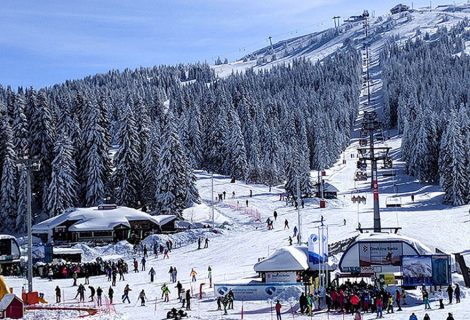Dear colleagues, dear friends!
Welcome to the 6th Congress of Serbian glaucoma Society with international participation.
We continue our common tradition with congress held on Kopaonik, the mountain that represents beauty and pride of all nature lovers, and also the place of learning and socializing of ophthalmologists from Serbia and from abroad, from 09.05. until 12.05.2024. at the Grand Hotel.
In addition to invited lectures, symposia, free topics and courses with the active participation of young Serbian ophthalmologists, the novelty of this Congress is the continuation of cooperation with colleagues dealing with the posterior segment of the eye (symposium AntiVegF therapy and glaucoma), and also the beginning of cooperation with colleagues dealing with refractive surgery and cataract surgery (Half Refractive Day).
On behalf of the UGLAS Steering Committee, the Organizing Committee, as well as our friends and sponsors from the pharmaceutical industry, we invite you to participate in the scientific and professional work of the Congress in good health because “Health and knowledge alone are never enough” (N. Bulat), and “ health of people’s eyes are in their and our hands”.
President of the Serbian glaucoma Society
Prof. Dr Predrag Jovanović, M.D., Ph.D.








